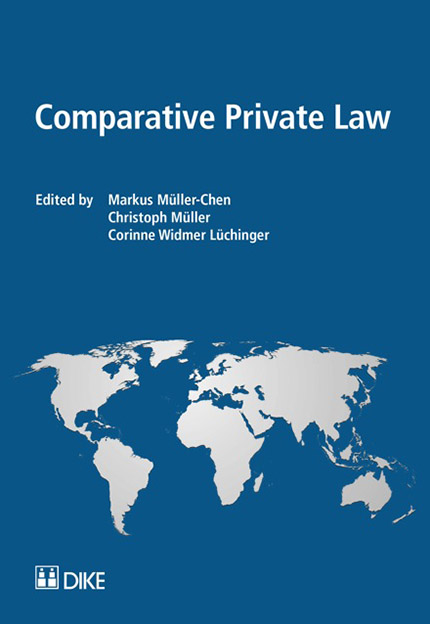Publications

Comparative Private Law
- 449 pages
- Reliure thermocollé
- ISBN 978-3-03751-699-7
Looking beyond the border of your own legal system is to embark on an exciting journey, with the promise of gaining knowledge of foreign legal systems as well as a fresh perspective on your own. This book aims to guide students, academics and lawyers on this journey, and to show that ideas developed elsewhere can be a treasure trove of inspiration for national courts, legislators and legal practitioners. A particular concern was to include non-Western countries in this endeavour.
In the first part of the book, we look at the origins, purposes and methods of comparative law, and discuss the process of transplanting and receiving legal concepts with the potential pitfalls involved, using examples stretching from the reception of Roman law in Europe to the comparatively new phenomenon of European private law.
In the second part, we consider selected legal systems, starting with the two most influential legal traditions, the Civil law and the Common law. We examine their historical background and impact, the main sources of law, the predominant methods of dispute resolution and the players shaping them. We then move on to the legal systems in East Asia that are playing an increasingly important role in today’s world, namely China, Japan and South Korea. We also take a close look at those systems shaped by a major world religion, in particular Saudi Arabia, the United Arab Emirates and Israel.
The book closes with an Annex on how to write a thesis using the comparative law method.